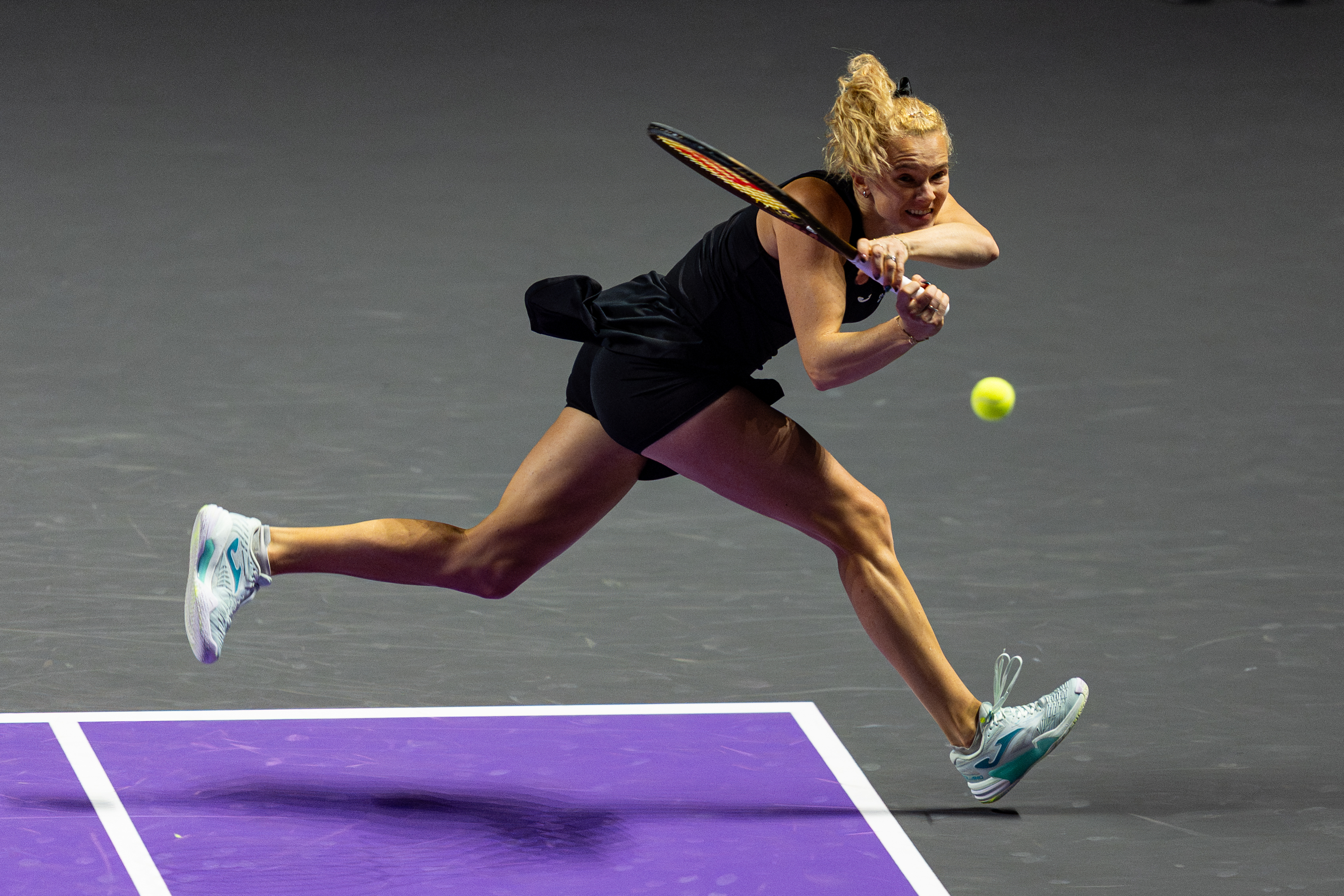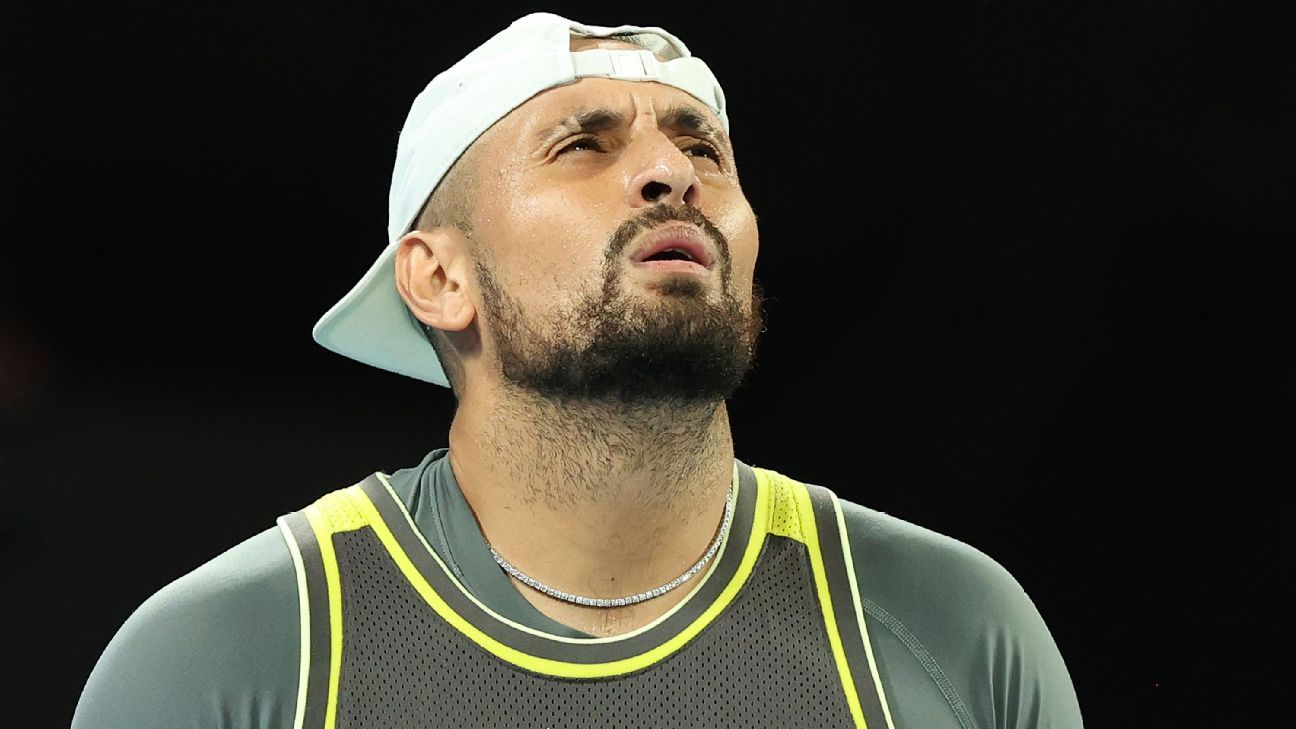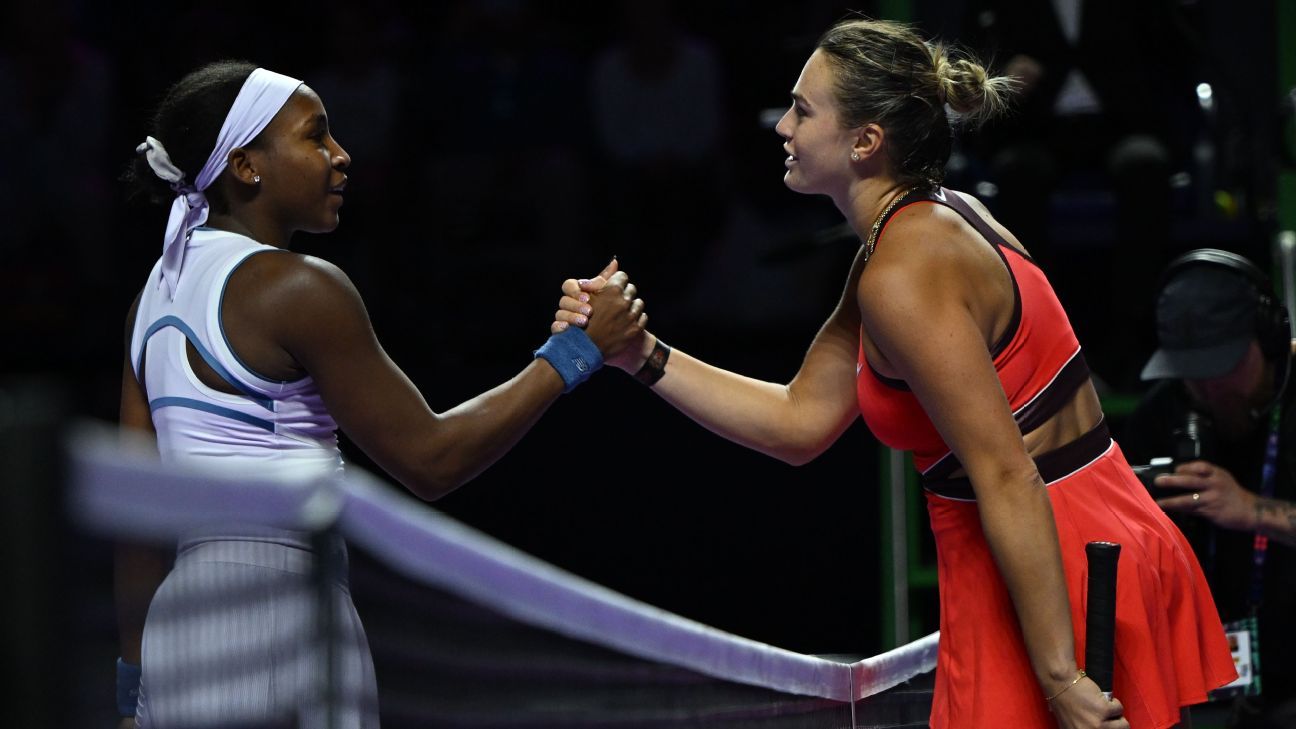Siniakova embraces fifth No. 1 in doubles pantheon
Under Riyadh's arena lights, Katerina Siniakova hoists a trophy bearing her idol's name, her journey from admirer to equal laced with the thrill of hard-won triumphs and lingering wonder.

In the charged atmosphere of Riyadh's arena, Katerina Siniakova absorbs her fifth year-end No. 1 doubles ranking, a feat that aligns her with the sport's immortals while stirring a quiet disbelief at her own ascent. The 29-year-old Czech, fresh from a gritty group-stage win, stands amid the echoes of her 11 Grand Slam titles, each one a testament to tactical evolution across surfaces. Her path this season, marked by shifting partnerships and relentless point-chasing, culminates in 169 weeks at the top, placing her third all-time behind Martina Navratilova's 237 and Liezel Huber's 199.
Navratilova's shadow inspires quiet resolve
A year ago, Siniakova's fourth consecutive top finish ignited comparisons to Navratilova, the sole player with five such honors, a revelation that sharpened her focus through the tour's grueling calendar. She recalls that moment with a mix of awe, the weight of history pressing as she navigated the season's flux. Lifting the Martina Navratilova Trophy in a poignant ceremony, the shared Czechoslovakian roots deepened the emotional pull, transforming distant admiration into tangible legacy.
“Suddenly, they were talking about the only one that did it five times was Martina [Navratilova],” Siniakova said Wednesday evening. “So from that moment, I was like, `Oh, I’m so close.’ I’m just super happy and glad it happened this year. It’s a privilege to be on the same page as Martina.”
That inner drive propelled her forward, even as the Riyadh crowd's murmurs built during her latest match. With Taylor Townsend, the top seeds edged defending champions Gabriela Dabrowski and Erin Routliffe 6-4, 7-6 (3), their one–two combinations—Townsend's lefty serves curving crosscourt followed by Siniakova's net poaches—sealing the Liezel Huber Group victory. Thursday's matchup against eliminated Mirra Andreeva and Diana Shnaider offers a breather before Friday's semifinals, where sustaining that edge will test their mental fortitude amid the tournament's rising tempo.
Townsend partnership unlocks tactical edges
The duo's opposite-handed setup provides a rare advantage, Townsend's southpaw deliveries jamming returns down the line while Siniakova's righty groundstrokes open inside-out angles for aggressive approaches. In their third tournament together, they claimed Wimbledon on grass, where low underspin slices disrupted footing and forced errors in tight rallies. By the 2025 Australian Open, their seventh outing, the rhythm had solidified on hard courts, with deep crosscourt exchanges neutralizing opponents' power in Melbourne's variable winds.
Earlier flux tested their bond; after a US Open final loss exposed serving gaps, schedules diverged as both chased singles rankings—Siniakova at No. 49, Townsend at No. 118 with a career high of No. 46. Townsend skipped Beijing due to fatigue, turning to Osaka singles, while Siniakova rotated partners, securing Seoul with Barbora Krejcikova through familiar 1–2 patterns on outdoor hard, then Wuhan alongside Storm Hunter via defensive lobs countering returns. A Ningbo semifinal with Hsieh Su-Wei, featuring precise underspin to vary pace, cemented her points lead, allowing reunion in Riyadh with seamless synergy.
“We stuck to our plan and played together very, very well,” Townsend said afterward. “No gaps. Even when we were down, we stayed together kept the good energy … we just kept working the plan -- and it worked.”
Their complementarity extends to court chemistry, Townsend's brief No. 1 stint with Zhang Shuai in Washington a goal Siniakova celebrated early in the year. Looking to 2026, they target all Grand Slams and WTA 1000s, prioritizing surfaces where their left-right dynamic thrives—hard-court speed for inside-in rushes, clay's grip for extended crosscourt battles. This tactical harmony, rare in doubles, eases the pressure of historical benchmarks, turning potential rivals into opportunities.
Eleven majors fuel endless hunger
Among Riyadh's 24 qualifiers, Siniakova's 11 Slams lead the field, seven from her era with Krejcikova—two each at Australian Open, Roland Garros, and Wimbledon, plus one US Open—before their 2023 split prompted reinvention. Teaming with Coco Gauff for 2024 Roland Garros, she blended baseline power with net finesse on clay, drop shots pulling opponents forward into volleys. Her mixed doubles Wimbledon title with Sem Verbeek added variety, serve-and-volley tactics exploiting grass's quick bounces.
Now tying Virginia Ruano Pascual with 10 women's doubles majors since 1996—trailing Venus and Serena Williams' 14 and Martina Hingis's 13—Siniakova reflects on icons she watched as a child, their dominance on every surface shaping her own versatile game. The proximity stirs profound emotion, hard to voice amid the lounge's post-match hush. Yet disbelief mixes with drive, her head shaking as she contemplates the arc.
“Those names, I was watching them growing up,” Siniakova said. “And now to be almost there, it’s really nice. It’s hard to describe it in words -- it just means a lot.”
Townsend echoes the dreamlike quality of her own top ranking brush, their banter revealing mutual respect. Siniakova interjects playfully during discussions of the lefty edge, underscoring how styles mesh with on-court collaboration. As semifinals approach, the season's pressures—partner shifts, surface adaptations, singles pulls—forge resilience, her gaze fixed on more titles across the tour's unforgiving slate.
“It’s always a compliment to be able to have a lefty because you don’t see it very often,” Townsend said. “It is an advantage … for me,” Siniakova interjected. “For Kat,” Townsend said. “And for me, someone so good. I think that we complement each other well, but ultimately it goes down to our game styles, but also our ability to work together on the court. And that’s what doubles is about.”
In the players' lounge, the arena's lingering energy pulses through her words, a reminder of crowds that amplify every point. Siniakova's success, from clay's sliding adjustments to hard courts' pace, positions her for uncharted peaks, the hunger undimmed as she eyes majors that extend her legacy beyond the surreal present.
“I cannot even believe it,” she said. “I’m just so happy I can have such success. I hope it’s not the end. I’m definitely hungry for more.”
With Riyadh's semifinals looming, their tactical blueprint—honed through one–two volleys and adaptive slices—promises to challenge any foe, the psychological edge now a weapon in the chase for greatness on every court.


